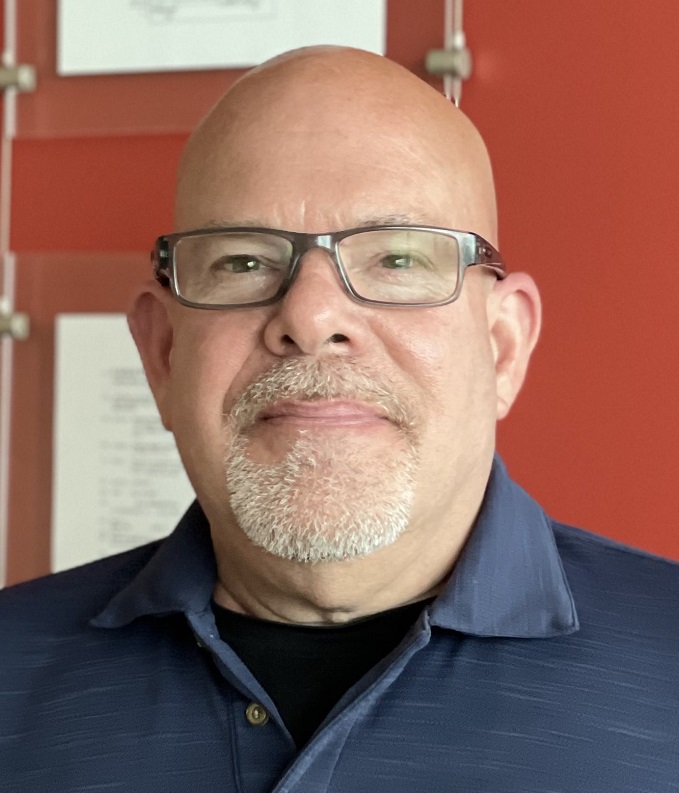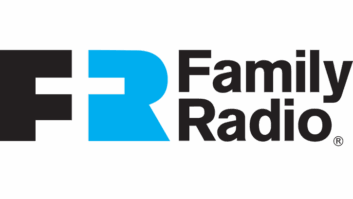As senior director of broadcast technology at Xperi, Jeff Detweiler directs broadcast product development and the introduction and launch of its HD Radio brand of in-band on-channel technology to stations. Earlier in his career he worked at Radio Systems, QEI Corp., Allied Broadcast Equipment, Lake Erie Radio and Nassau Broadcasting.
This interview is excerpted from the Radio World ebook “Maximizing Your FM Coverage.”
Radio World: HD Radio raises its own particular questions for FM coverage, Jeff. What advice would you?
Jeff Detweiler: When it comes to maximizing HD Radio digital coverage, broadcasters should consider operating with the maximum authorized digital power.
Initial station conversions in 2002 limited digital power limited to 1% of the analog ERP. In 2010 the Federal Communications Commission Media Bureau adopted an order establishing procedures to permit FM stations to voluntarily increase hybrid digital power, or ERP, levels unilaterally to –14 dBc. A licensee desiring digital power in excess of –14 dBc is currently required to calculate the station’s analog F(50,10) field strength at all points on the protected 60 dBu F(50,50) contour of potentially affected first-adjacent stations.
FCC Docket No. 99-325 contains the relevant information to calculate your station’s maximum authorized digital power.
[Ed. Note: A request from the NAB and Xperi to use a new formula to determine which stations can use the highest allowable power levels for digital FM stations is being considered by the FCC.]
RW: What coverage improvement strategies do you see being put in use?
Detweiler: Many broadcasters who have adopted HD Radio technology are taking advantage of the FCC regulation allowing digital multicast channels to feed FM translators. Doing so allows the station to have another analog channel in addition to the digital multicast signal. Xperi has also observed stations leasing another broadcaster’s multicast channel to feed a translator. Station phone apps allow broadcasters to reach cellular-connected listeners, and HD single-frequency networks improve digital coverage in terrain-challenged markets.
A recent addition to radio’s arsenal is DTS AutoStage, a hybrid radio solution that combines IP-connected metadata enhancements with the over-the-air broadcast. The IP-delivered content affords a rich metadata-enhanced listening experience as well as “service following” when driving beyond the station’s primary coverage area.
RW: Are there particular strategies to solve gaps and other signal challenges?
Detweiler: Orthogonal Frequency Division Multiplex, or OFDM, signals used in the HD Radio digital transmission are excellent at overcoming multipath distortion. The spectral redundancy of the upper and lower sidebands all but eliminates outages caused by channel fading. Synchronous OFDM boosters (SFN) allow for nearly seamless HD Radio coverage. For broadcast markets that have significant terrain obstruction, as found on the west coast of the U.S., single-frequency networks and synchronous boosters afford considerable coverage improvements.
RW: What legal options for improving footprint might a consultant recommend?
Detweiler: We’ve always recommended that radio stations discuss their licensing and technical strategy with their communications attorney. Some of the tools available to increase coverage may include mutual interference agreements and directional antenna optimization for move-ins.
RW: Are strategies being deployed these days to locate translators in major markets to repeat rimshot signals?
Detweiler: Broadcast groups who own both in-market stations and rim-shots have used their HD multicast channels to broadcast the rimshot stations’ programming. These new multicast channels offer great coverage and also may serve to feed translators.
RW: You mentioned SFNs. Are they worth it?
Detweiler: Yes, SFNs are valuable, and many implementations have demonstrated increase in digital coverage. An SFN may be the only way to serve underserved markets that have been obscured by terrain. However, single-frequency networks are potentially challenging as they require sophisticated signal delivery networks and require more care and feeding than conventional FM signals.
HD Radio single-frequency networks have been employed in locations that have sufficient terrain shielding to minimize OFDM inter-symbol interference in the signal overlap regions. While OFDM is more tolerant of any misalignment from main to booster, the analog alignment needs still dominate. Unless we are proposing all-digital boosters, the needs of the analog signal still dominate the system synchronization design.
RW: What can be accomplished through tinkering with HD Radio power levels?
Detweiler: Operation of HD Radio at 10% of the analog signal ERP affords coverage equal to or better than analog. However, there are situations where the equipment was purchased prior to the 2010 digital power increase and –10 dBc operation may only be attainable with additional cost. Moreover, if a digital power increase would put coverage beyond the population areas, it would be difficult to justify the expense outside of increased building penetration. Regardless, testing the coverage at incremental digital power levels between –14 dBc and –10 dBc would afford the station the ability to determine the exact point of diminishing return.
RW: And what about changing HD Radio modes, in regard to transmitter TPO capabilities?
Detweiler: When sizing a transmitter for HD Radio operation, the appropriate headroom must be determined for the service mode — MP1, MP3, MP11, and so forth. As the digital power is increased above –14 dBc, the total integrated power also increases. For Example, Mode MP1 at –10 dBc will have digital carriers at 10% of the analog power. If MP11 mode is transmitted, the extended partition logical channels are additive. The integrated power of the primary and extended partitions now represents 14% of the analog power. All of the carrier partitions (P1 and P3) are transmitted at the same amplitude, but the total integrated power increases proportionately.
RW: Can a station improve coverage through RBDS/RDS injection levels?
Detweiler: Raising the injection level of the RBDS (RDS) subcarrier increases the signal-to-noise ratio. This improved SNR makes it easier for receivers to decode it error-free, in challenging reception environments such as multipath, co-channel interference and low signal levels. For stations that operate with the HD Radio extended partitions enabled, care should be exercised with increasing RBDS injection beyond 6% as intermodulation with 19 kHz pilot will degrade the enhanced carrier performance.
RW: Can FMs boost coverage by going mono?
Detweiler: It is generally accepted that broadcasting an FM stereo signal results in a 23 dB penalty to the signal-to-noise ratio over an analog monaural FM. This is due to the increase in the noise floor over the subcarrier range of 23 kHz to 53 kHz as compared with the monaural SNR 0 Hz–15 kHz. This has a significant impact to the recovered SNR of the analog FM. For formats compatible with monaural programs like news, talk and sports, this offers substantial analog performance benefit at the edge of coverage, but will offer no improvement for digital.
RW: How much impact does antenna design have on coverage and efficiency?
Detweiler: The beamwidth of the antenna is determined by both the number of bays as well as the spacing of the elements. An antenna with greater beamwidth produces fewer nulls in the elevation pattern of the antenna focusing more of the signal in the formed beam. A halfwave spaced design will reduce the depth of these nulls as well as reduce radiation at 90 degrees to the beam. These halfwave designs are considered desirable to reduce downward radiation when located on the roof of populated buildings.
RW: Last, what innovations in antennas or related technologies can play a role in maximizing coverage?
Detweiler: Innovations in modeling and design software have improved system performance and made master antenna and combiner systems more cost-effective than ever before. Drone verification of relative field strength is essential to validate proper installation on the tower structure. These optimized master antenna sites afford improved coverage for all participating stations.







